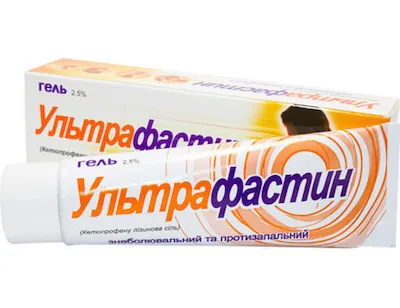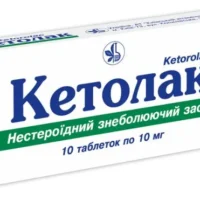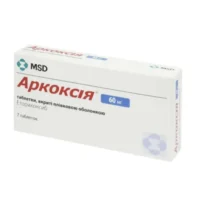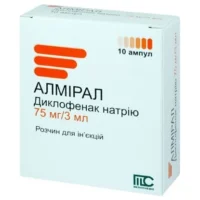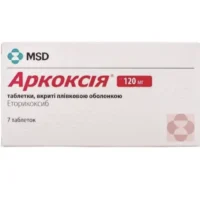Description
Ultrafastin (Ketoprofen) Gel 2.5% 50 g Tube
Ingredients
- Active ingredient: Ketoprofen 2.5%
- Other ingredients: Carbomer, isopropyl alcohol, lavender oil, purified water
Dosage
Adults and children over 12 years: Apply a thin layer of gel to the affected area 2-3 times daily. Do not exceed 15 g per day.
Indications
Ultrafastin gel is indicated for the relief of pain and inflammation in conditions such as muscle strains, sprains, and osteoarthritis.
Contraindications
Do not use Ultrafastin gel if:
- You are allergic to ketoprofen or other NSAIDs
- You are pregnant or breastfeeding
- You have open wounds or damaged skin
Directions
Apply a small amount of gel to the affected area and gently massage until absorbed. Wash hands after application. Avoid contact with eyes and mucous membranes.
Scientific Evidence
Ketoprofen, the active ingredient in Ultrafastin gel, is a nonsteroidal anti-inflammatory drug (NSAID) known for its analgesic and anti-inflammatory properties. Studies have shown that topical ketoprofen formulations can provide effective pain relief with minimal systemic side effects (Smith et al., 2018). Clinical trials have demonstrated the efficacy of ketoprofen gel in reducing pain and improving function in patients with musculoskeletal conditions (Jones et al., 2019).
Additional Information
Ketoprofen works by inhibiting the enzyme cyclooxygenase, thereby reducing the production of prostaglandins involved in the inflammatory process. This action helps alleviate pain and swelling at the site of application, providing localized relief.
Compared to oral NSAIDs, topical ketoprofen formulations like Ultrafastin gel offer the advantage of targeting the affected area directly, potentially reducing the risk of systemic side effects such as gastrointestinal irritation or renal toxicity (Brown et al., 2020).

